Stories about weapons. Tank M3A "Stewart" outside and inside
Yes, we talked a lot about the “Stewart” in the series “Custom among strangers”, talking about trophy and lend-lease equipment. But to show ... Here, we show.
The tank is interesting when viewed from the inside. But sensations cannot be called pleasant. Many questions like “And who thought so?” If we compare it with the Englishman “Valentine” and our T-26, which are also with an English accent, he loses them.
Actually, and story у tank was peculiar.
Combat activities МХNUMXА started not under the native American, but under the English flag. But this is clearly not the fault of the tank or of the American authorities, who began supplying the British with the principle of "Give to others, God, that it is not good to yourself." The British commanders decided to help Hitler and presented him with more than half of the tanks under Dunkirk.
To compensate for the losses due to own production, the British did not have the opportunity, they had to turn to Uncle Sam.
The British were primarily interested in medium tanks, but in the end they got what was available. And the only tank that was actually available in the US Army in sufficient quantities was the lightweight M3.
Not to fat! And the American M3 became an English citizen and began his combat activities from the Pacific colonies to Africa and Europe.
True, the Americans did business honestly and equipped the tanks with English radio stations, boxes for spare parts and equipment of the English type, smoke grenade launchers.
Fought M3 and in our open spaces.
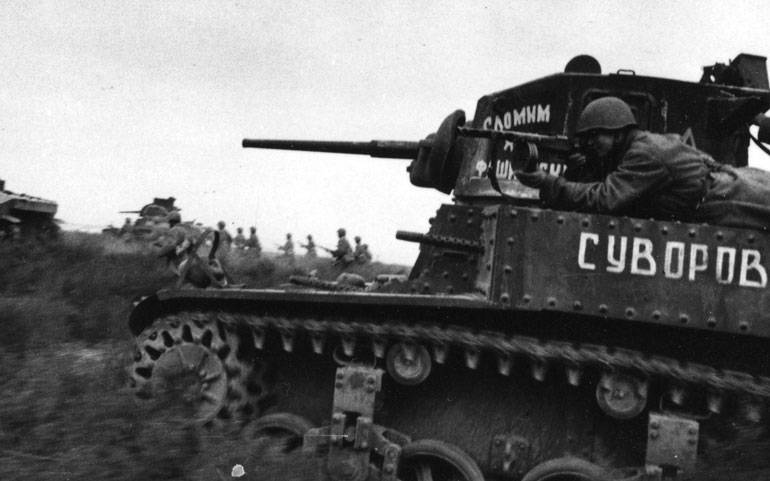
The Red Army became the third army in terms of numbers M3 after the American and British armies. Under Lend-Lease, 1232 units were supplied to the USSR: 977 - in 1942 and 255 - in 1943.
The first 46 Stuarts arrived in the USSR in January 1942, and the last 16 arrived in April 1943. In the Soviet documents of those years it is impossible to meet either the symbols M3 or M3А1, or the name "Stewart". In the Red Army, the tank was called the M3 "light", or briefly M3.
The tank "did not enter" and did not use success. High road performance and seemingly superiority over the sum of characteristics over Soviet light tanks could not level the flaws.
The tank was distinguished by its really large size, poor booking and armament, was difficult, by Soviet standards, to operate. And the new Soviet light tanks T-60 and T-70 were superior in performance characteristics.
But the main "minus" was in the motor. The tank just ate a huge amount of high-octane aviation gasoline (see TTX), with which the USSR was very difficult.
In addition, initially, along with the “Stewarts”, only armor-piercing shells for the 37-mm cannon were supplied, which seriously limited the tank’s ability to fight infantry or anti-tank guns.
M3A entered the service of battalions of light tanks as part of tank brigades and individual tank battalions. The latter could have both a mixed composition - from medium M3 and light M3, as well as homogeneous.
Interestingly, the M3l became the first Soviet tanks that entered the battle against the Germans in the Battle of Kursk - on the night from 4 to 5 in July, the tanks of the 245-th separate tank regiment took over from the German troops, and the 11 of July M3l and M3 from this regiment took part in the battle of Prokhorov
Since May 1943, at the initiative of the Soviet side, the supply of tanks "Stuart" stopped. However, in a number of tank units they continued to be used on the Soviet-German front in 1943, 1944 and even in 1945. So, for example, as of 25 March 1945, the 1 of the cavalry-mechanized group of the 2 of the Ukrainian Front had 20 M3 tanks.
But in general, tankers only crossed themselves when the “Stewart” in the Red Army BTV was gone.
Hatches are quite good. And the review is excellent, and knock out any problems to the mechanic drive out of the car.
Rotation of the tower on the M3 modification tanks was carried out manually, using a shoulder rest, and starting with the M3A1 - using an electric drive. In the early “Stewarts”, the commander and loader were standing on the floor of the fighting compartment and were forced to move in accordance with the rotation of the tower, which was very difficult, considering the drive shaft passing through the fighting compartment.
Therefore, starting with the M3A1 modification, the “Stuart” received the so-called “tower basket” with seats for the commander and loader, which rotated with the tower.
MTHNUMHA ТТХ "Stuart"
Years of production - 1941-1944
Number issued, pcs. - 23 685 [1]
dimensions
Body length, mm - 4531
Width, mm - 2235
Height, mm - 2640
Clearance, mm - 420
Reservation
Type of armor: steel surface hardened
The forehead of the body (top), mm / deg. - 38 / 17 °
The forehead of the body (middle), mm / deg. - 16 / 69 °
Board of the case, mm / hail. - 25 / 0 °
Body feed (top), mm / deg. - 25 / 59 °
Bottom, mm - 10-13
Housing roof, mm - 13
Front of the tower, mm / deg. - 38 / 10 °
Mask guns, mm / hail. - 38 / 0-14 °
weaponry
Caliber and brand of gun - 37 mm M6
Gun ammunition - 103
HV angles, deg. - −10 ... + 20 °
Machine Guns - 5 × 7,62-mm Browning M1919A4
Mobility
Engine Type - Torx 7-cylinder carburetor air cooling
Engine power, l. with. - 250
Highway speed, km / h - 61
Cruising on the highway, km - 113
Cruising over rough terrain, km - 72
Overcoming rise, hail. - 35 °
Breakable wall, m - 0,6
Overcoming ditch, m - 1,8
Overcoming ford, m - 0,9
In addition to the cannon, the M3 modification tank armament was made up of five 7,62-mm machine guns “Browning” M1919A4.
One of them was located in a unit attached to a cannon and controlled by the commander, the other was located in a ball mount in the front hull plate and was served by the shooter.
Two more were placed in the airborne sponsons, the fire from them was conducted remotely by a mechanic-driver with the help of trigger ropes. Somewhere there ... The aiming angle of the ball mounts of these machine guns was limited, and their aiming at the target was usually carried out by turning the whole machine.
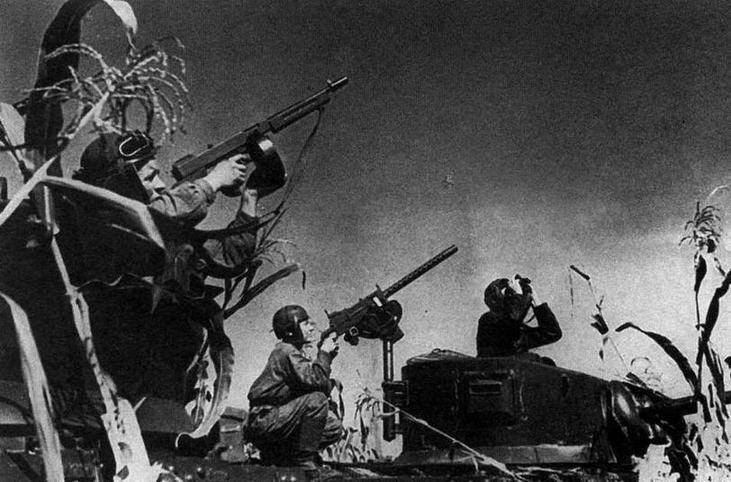
The fifth, anti-aircraft machine gun was placed on the turret on the roof of the tower. Starting with the M3A1 modification, they abandoned the installation of on-board machine guns and replaced the machine gun paired with the gun with the M1919A5 version that was more suitable for installation in tanks.
Ammunition of machine guns, depending on the modification, ranged from 6250 to 8470 ammunition, mostly located in the fencing niches.
For self crew tanks equipped submachine gun Thompson mm caliber 11,43, 350-540 (depending on the tank modification) thereto and cartridges 14 hand grenades (4 defensive MkII, 2 offensive MkIIIA2, 4 flue M15 and 2 incendiary).
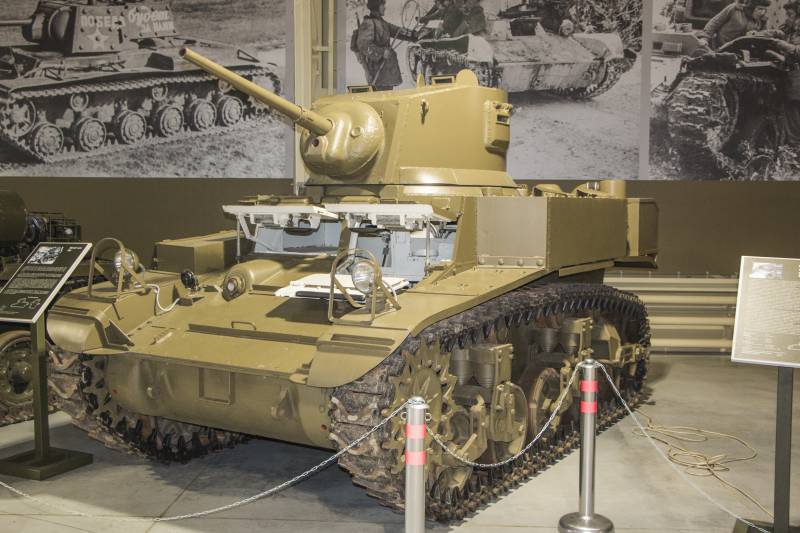
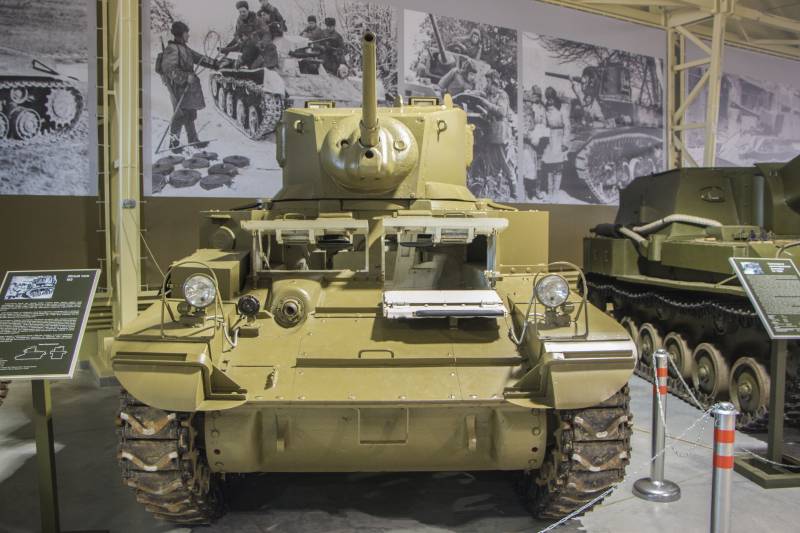
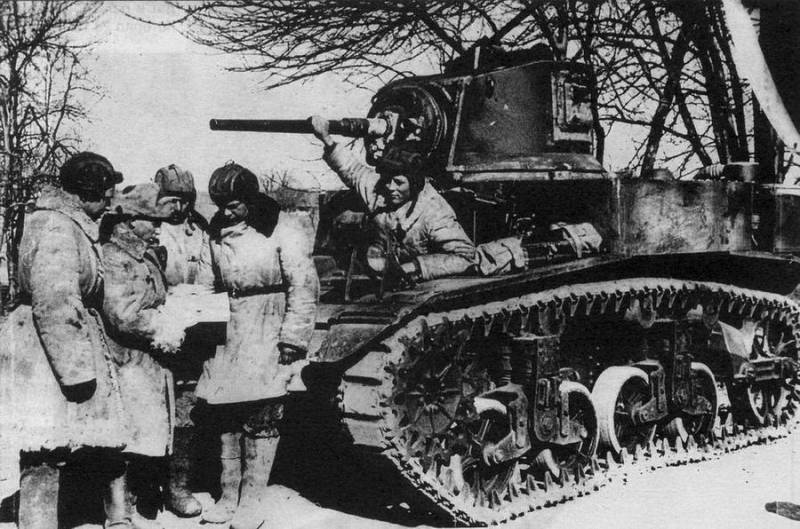
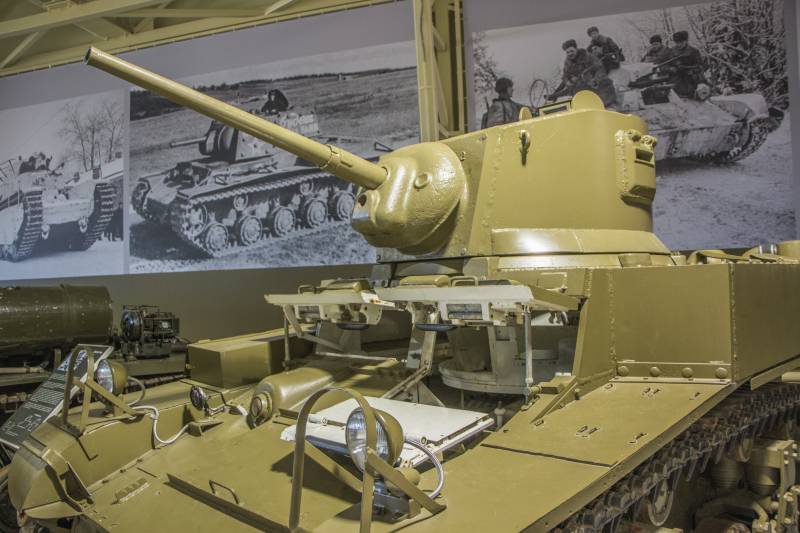
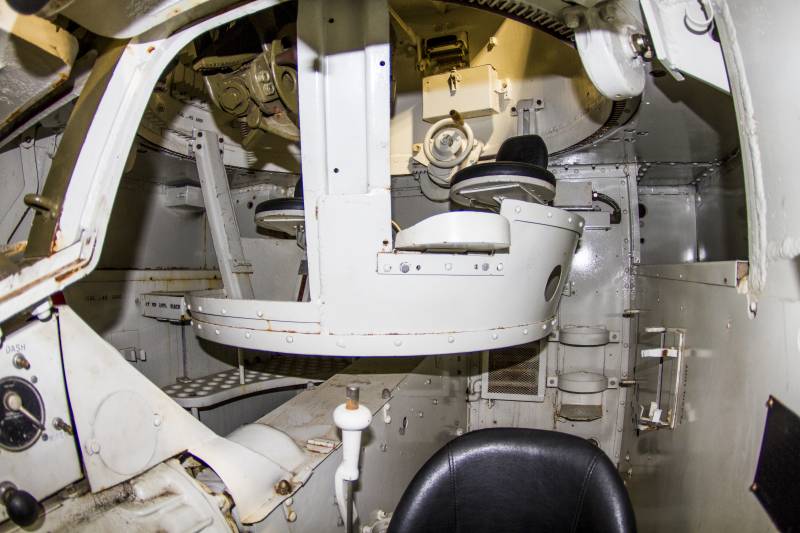
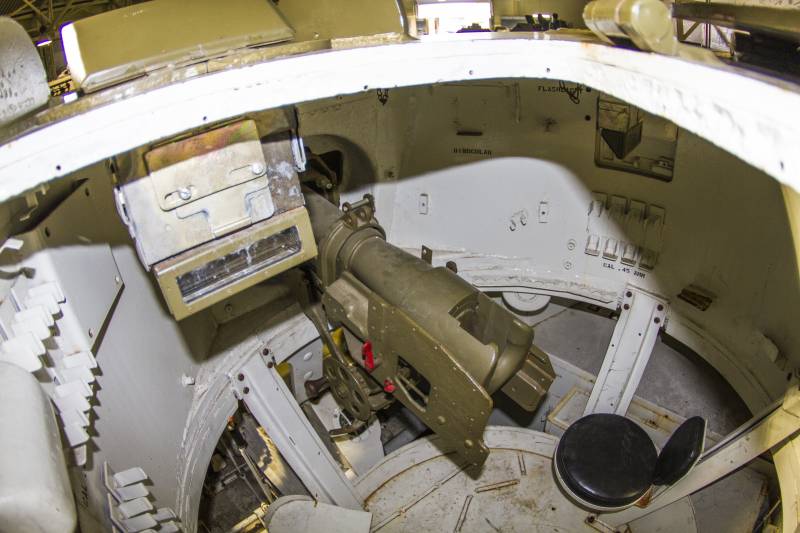
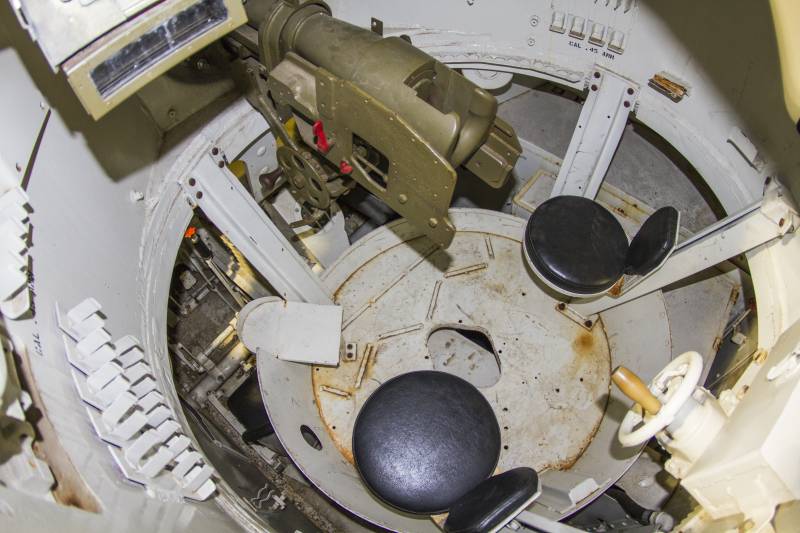
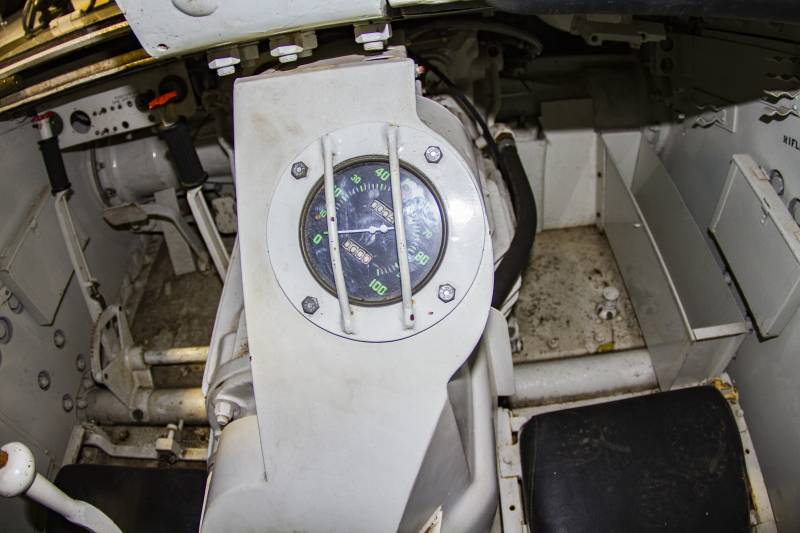
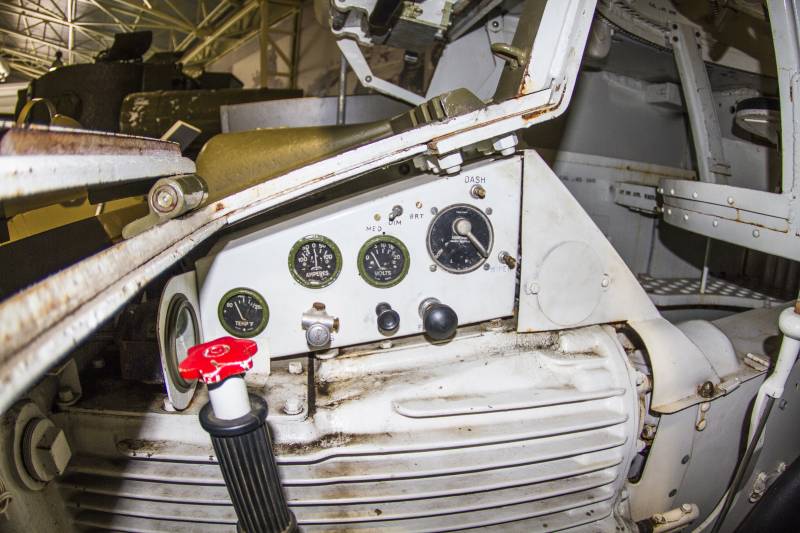
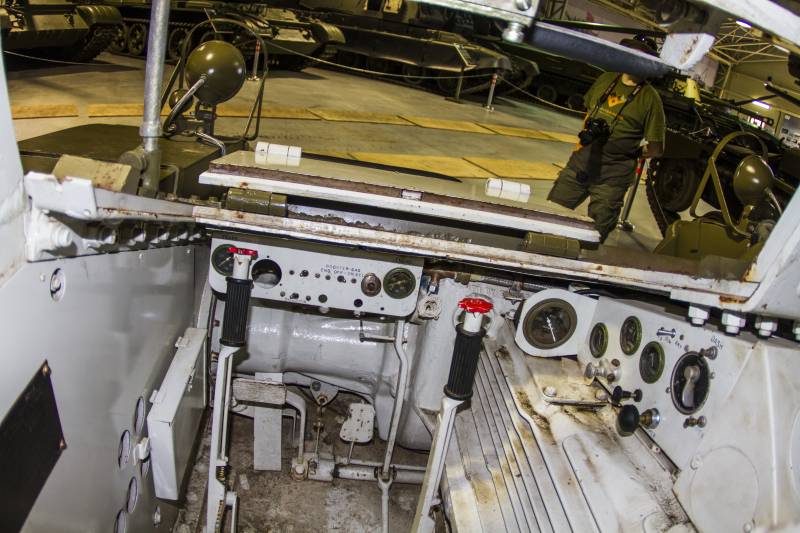
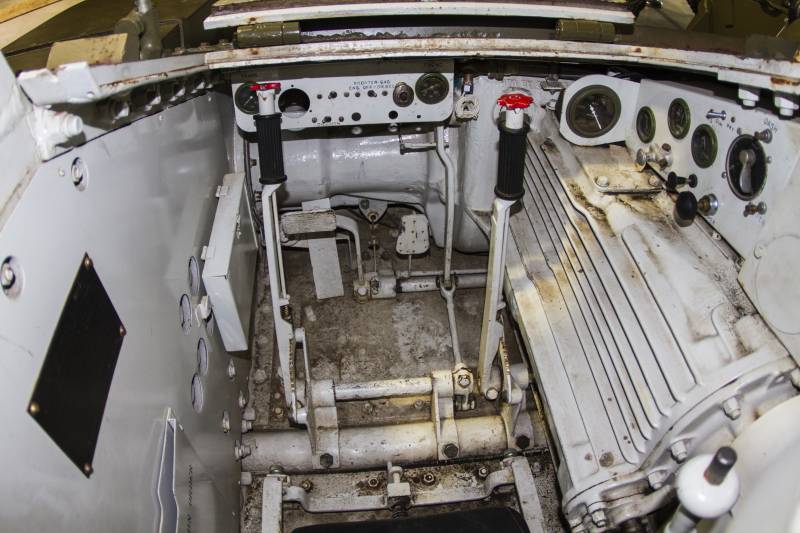
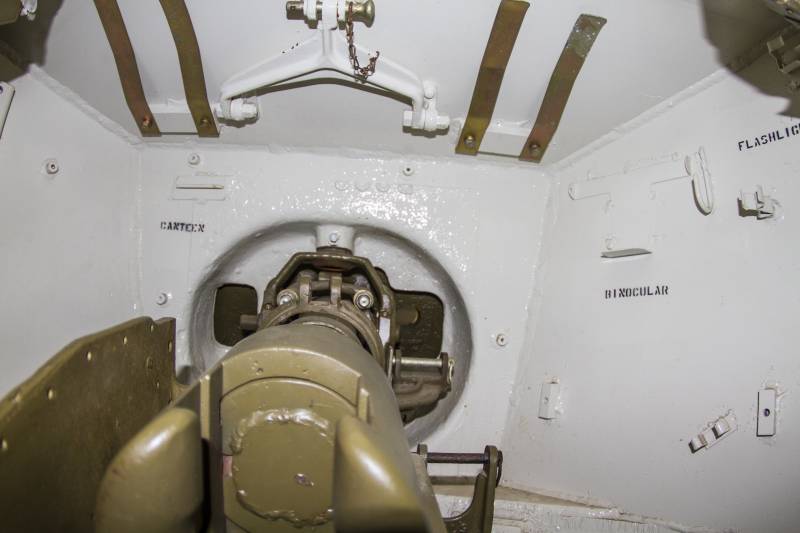
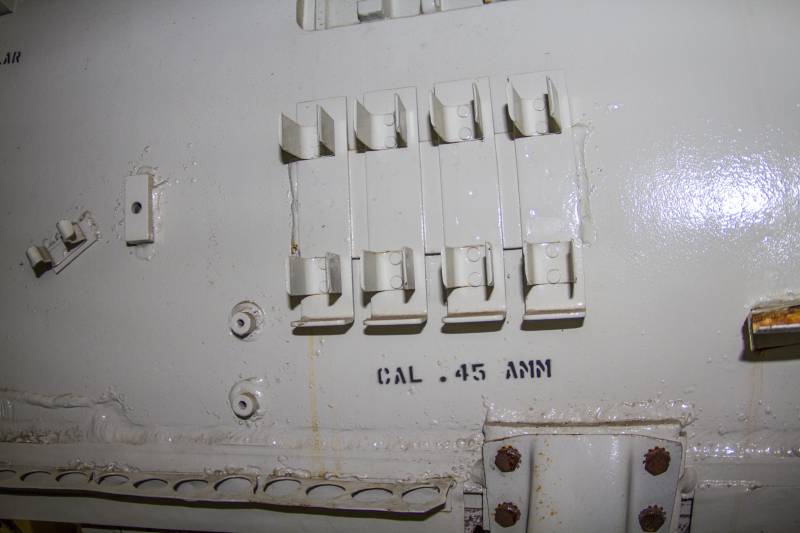
Information